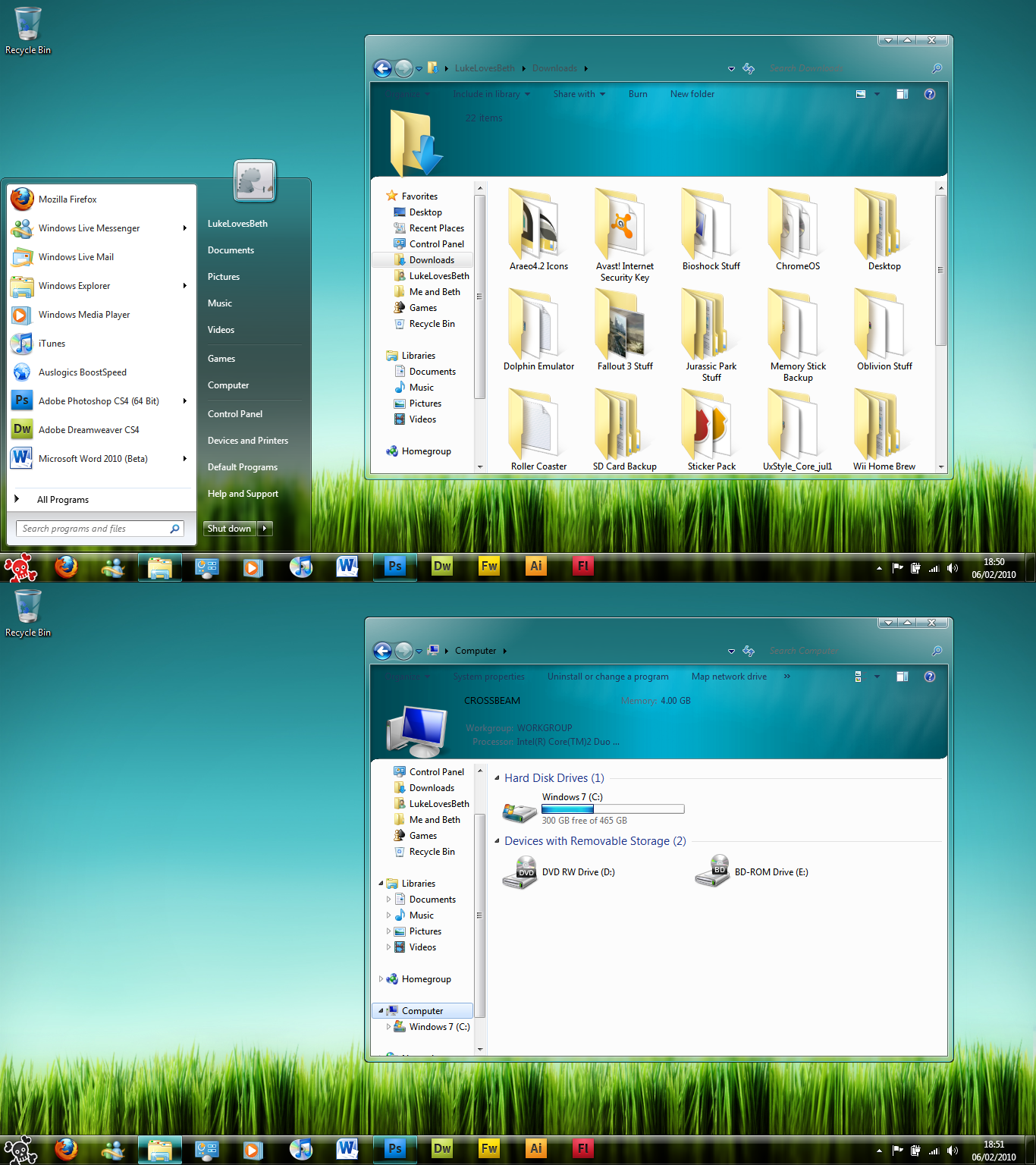

Vista also debuted just as netbooks were starting to get popular, and most PC makers opted for a Linux-based operating system or Windows XP as netbooks just didn’t handle Vista very well. Windows Vista started to get a reputation for being a resource hog, especially on laptops.

Older hardware didn’t perform as well with this new user interface, and Microsoft introduced confusing “Vista Ready” stickers on PCs that didn’t always mean graphics drivers were ready for Aero Glass to work well. Most of these new graphically intense parts of Windows Vista led to some criticisms of the operating system. It was designed to be a better version of Windows’ alt+tab, but the graphically intense view meant it was rarely used in practice.

Microsoft also built a flip 3D feature that would render the live contents of windows in a 3D view. A sidebar provided quick access to widgets, and the Start menu was tweaked to focus on a new way to search within Windows Vista. Known as Windows Aero or Aero Glass, it gave Windows Vista an entirely new look and feel by turning windows into panels of glass with blurred borders. Windows Vista also introduced a new Aero user interface. Vista's Aero Glass design still exists today


 0 kommentar(er)
0 kommentar(er)
